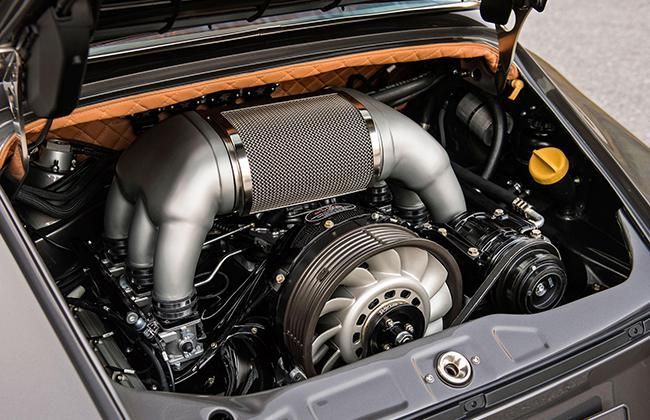Technology Decoded: Steering System
Modified On Mar 17, 2016 10:44 AM By Sahib
- Write a comment

Steering system converts the rotary motion of steering wheel into an angular turn of the front wheels by multiplying the driver’s effort. In simple words, it helps in turning the wheels to the left or right. Steering system only steers the front wheels as required and the rear wheels just follow the front ones. Steering system also plays an important role in absorbing road shocks and thus prevent these shocks to get transmitted to the hands of the driver.
Background/Development:
- In 1898, French Panhard & Levassor models were the first to be fitted with a steering wheel.
- The 1940 Cadillac model was installed with a Saginaw recirculating ball steering gear which provided a little more mechanical advantage.
- Chrysler Imperial was the first production vehicle equipped with a power steering system in 1951.
Technology Explained:
The main components of steering system are: steering wheel, steering column, steering gear, pitman arm (drop arm), drag link, steering arm, track-arms, tie-rod (track rod) and adjusting screws.
1. The steering column constitutes a shaft from the steering wheel. This shaft inserts into the steering gear box and transmits input from the steering wheel to the steering gear box.
2. Steering gear box not only steers the front wheels but also acts as a reduction gear and helps in reducing the effort put in to steer the wheel by increasing the output torque. Gears involved may be worm and sector; screw and nut; worm and peg; worm and roller; rack and pinion etc.

3. Steering Linkage involves rods and arms which transmit the movement of steering gear to the front wheels. It plays an important role in transmitting the motion of the pitman arm and steering gear box to the steering knuckles of the front wheels. It constitutes pitman arm, drag link, steering arm, track arms and tie-rods.
Role of various components:
Pitman arm:
It helps in moving the steering link by pushing or pulling the relay rod. It moves in an arc and is connected between the steering gear box and the steering linkage by a ball joint.

Relay Rod:
It is attached to a pitman arm at one end and the other end is supported by an idler arm by ball studs. It plays a very important role of providing motion to various other components of steering linkage in a horizontal plane.

Idler Arm:
It is fitted on the opposite side of the central link from pitman arm. It provides central point support for steering linkage. It supports the end of the centre link in the vehicle on passenger’s side. It keeps the relay rod aligned and is bolted to the frame.

Tie Rod:
The relay rod moves the tie rods in the horizontal plane (left and right tie rods). The tie-rod pulls the steering arm to turn the steering knuckle and hence the wheel.

Steering Arm:
Steering arm is connected to the steering knuckle. It transmits movement from tie rod to knuckle and hence moves the wheel.

Steering Knuckle:
It is the part on which the front wheel is mounted. It is turned with the help of steering linkage /steering arm to move the wheels.

Watch How the Steering Mechanism Works
Also read: Technology Decoded: Regenerative Braking










